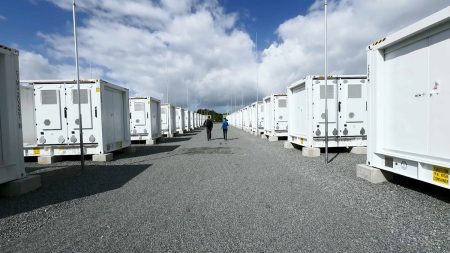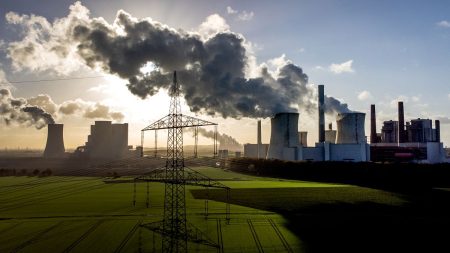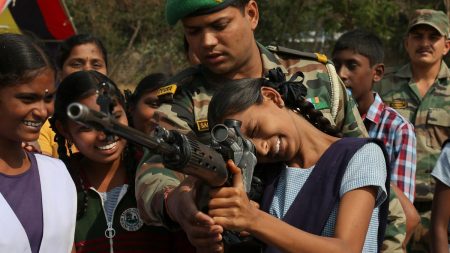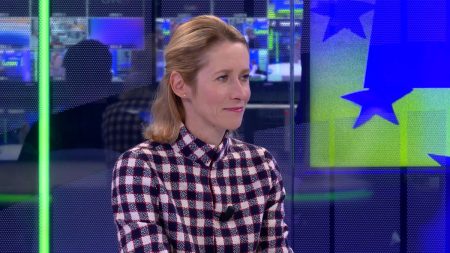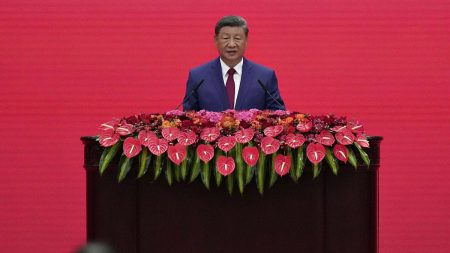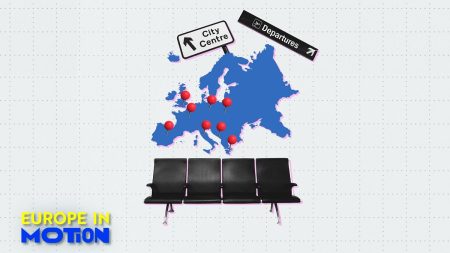As Ukraine continues its advances in the Kursk region, questions have arisen about whether Moscow is pulling its forces out of Ukraine in order to reinforce its defenses. Russian forces initially experienced disarray and disorganization but have since deployed greater force to the region. This deployment is likely coming from elsewhere along the contact line and not from the prioritized axis in eastern Ukraine, where Russia is maintaining its offensive tempo, particularly in the Donetsk region. Russian forces are reportedly pursuing a tactical encirclement of Ukrainian forces southeast of Pokrovsk, with the military administration of the city calling for immediate evacuation as the Russian army approaches.
The Institute for the Study of War (ISW) assesses that Russia has begun moving certain elements from Ukraine to respond to the situation in the Kursk region, but the types of units being redeployed and their origins indicate that Russia is still prioritizing ongoing offensive operations in eastern Ukraine. Ukrainian President Volodymyr Zelenskyy has noted that Moscow is concentrating its efforts in the east, specifically in the direction of Pokrovsk, after the Kharkiv offensive failed. Ukraine has sent some of its best battle-hardened forces to face Russian conscripts, who are required to serve one year of compulsory military service in Russia. The young conscripts are not typically well-trained and are not meant to participate in combat operations, leading to calls from their mothers to have them removed from the Kursk area.
Despite promises from Russian President Vladimir Putin that conscripts would not be involved in combat, many have been taken as prisoners of war by Ukrainian troops. The Ukrainian domestic security service has reported capturing Russian soldiers, including conscripts, in the Kursk region. The capture of Russian prisoners, including conscripts, is likely to reinforce Ukraine’s efforts to bring back its civilians and soldiers from captivity, including the defenders of the Azovstal steelworks in Mariupol. Hundreds of these defenders remain in captivity in Russia, with their condition and whereabouts unknown. The actions of both Ukraine and Russia in the Kursk region are raising questions about military strategies and the treatment of prisoners of war.
As the situation in the Kursk region continues to evolve, it remains unclear how Moscow’s potential reinforcements and Ukraine’s ongoing advances will impact the overall conflict. The movements of Russian forces, the capture of prisoners of war, and the calls for the removal of young conscripts from the frontlines all contribute to the complex dynamics of the conflict in Ukraine. The involvement of well-trained Ukrainian forces against Russian conscripts highlights the disparity in military capabilities and training between the two sides. The continued clashes and shifting strategies emphasize the importance of understanding the motivations and objectives of both Ukraine and Russia in the ongoing conflict.
The ongoing conflict in Ukraine, particularly in the Kursk region, raises broader questions about the international community’s response to the situation. The capture of Russian prisoners of war, the calls for the removal of conscripts, and the continued advances of Ukrainian forces all highlight the human cost of the conflict. Efforts to bring back civilians and soldiers from captivity, as well as the concerns raised by the conscripts’ mothers, underscore the need for accountability and transparency in resolving the conflict. As the conflict continues to unfold, it is crucial for international observers to monitor the developments and support efforts to bring about a peaceful resolution to the crisis in Ukraine.





